Founding-Documents Blog Series: Part Five
Between now and July 4th, my blog features an ongoing series related to the history and signing of the Declaration of Independence… Part one began here.
. . . . . . . . . . . . . . . . . . . . . . . . . . . . . .
While researching the Declaration for Carrying Independence, I came across a few unique things about the the document itself.
The Declaration is a Document With Mistakes
Timothy Matlack was hired to copy the text from Jefferson’s drafts onto the official document. He was responsible for the ink used for the text and the signers (see Part Four here), but in the copying, there were a couple mistakes.
As Kris Spisak wrote, when she was a guest on my blog in her article on Life, Liberty, and the Pursuit of an American Language, we often discuss the use of “unalienable” versus “inalienable.” Alison VanNest also wrote an article for Grammarly.com on the spelling and grammatical errors. She illustrates how some mistakes (the spelling of “Brittish” and “shewn”) are simply because of the usage at the time.
The Declaration was Later Corrected
Personally I love the two corrections that were made—some assume by Jefferson’s hand—after it was fully crafted. The word “representatives” was missing the “en” so that was penned in. The word “only” was inserted about ten lines up from the bottom into, “…our repeated Petitions have been answered only in repeated injury.” Cropped images of those sections are below (see the whole document close up here).


A Handprint on the Declaration
There is also a handprint is embedded into the paper in the bottom corner, possibly having seeped through from the back. The size is smaller, as if from the hand of a woman. It’s impossible to determine when it was set or to test for any traces that might result in a DNA examination without pulling up chunks of the actual document. So there it sits, an unknown shadow sealed forever in parchment.
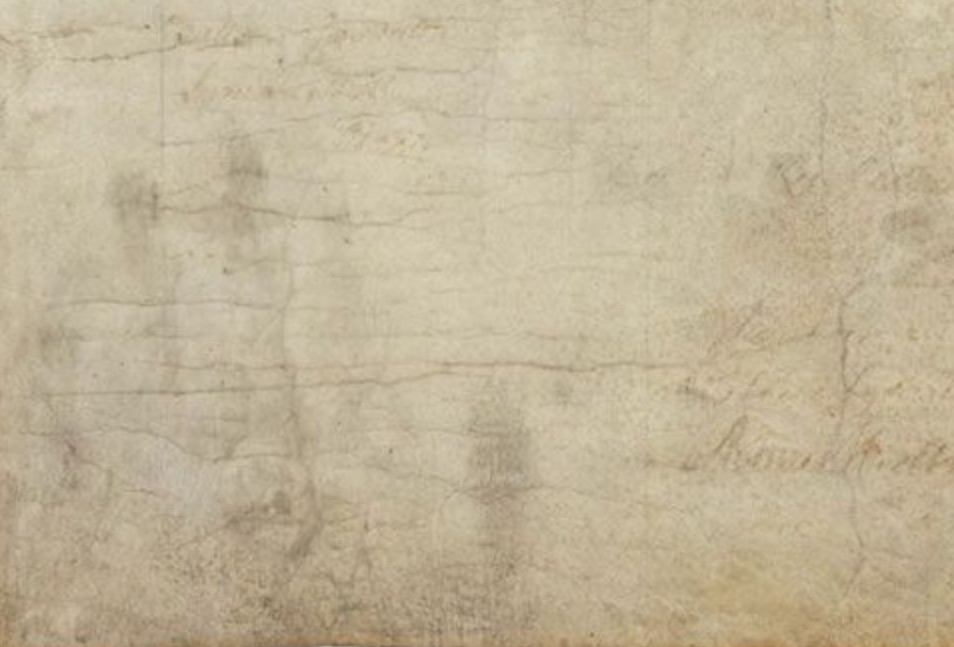
Reader Insider Note: What’s more fun that an unknown piece of history like an inky handprint when you’re a fiction writer? Not much, so youbetchya… I had to scoop that up and provide a scenario for how it got there! No… I can’t tell you what that scenario is right now, but you can get the book… (ahem).
. . . . . . . . . . . . . . . . . . . . . . . . . . . . . .
For more history nerd posts like these, subscribe to the blog. Guest posts are welcomed and encouraged. Contact me for details.
For behind-the-scenes author-related news, giveaways, and to find out where I might be speaking near you, subscribe to my e-publication, CHASING HISTORIES.

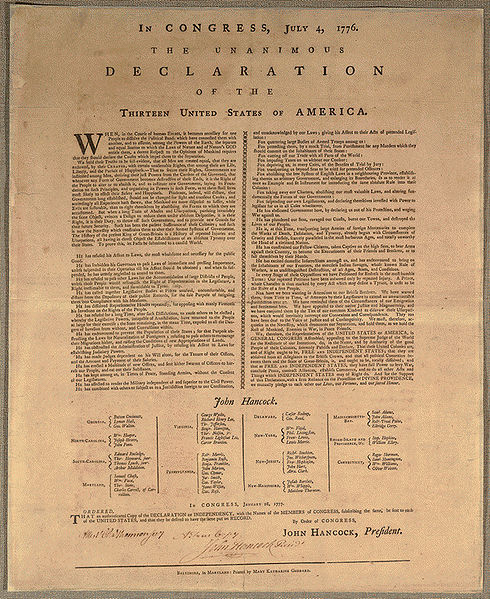
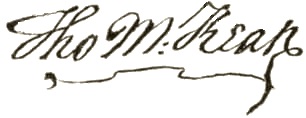
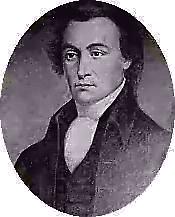

 McKean wrote to John Adams about being, “hunted like a fox by the enemy, compelled to remove my family five times in three months, and at last fixed them in a little log-house on the banks of the Susquehanna.” No small feet with five children and his second wife pregnant with number six.
McKean wrote to John Adams about being, “hunted like a fox by the enemy, compelled to remove my family five times in three months, and at last fixed them in a little log-house on the banks of the Susquehanna.” No small feet with five children and his second wife pregnant with number six.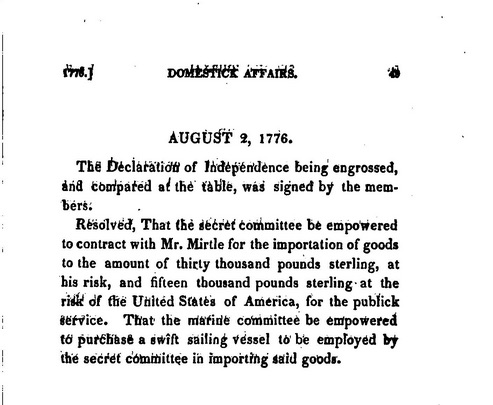
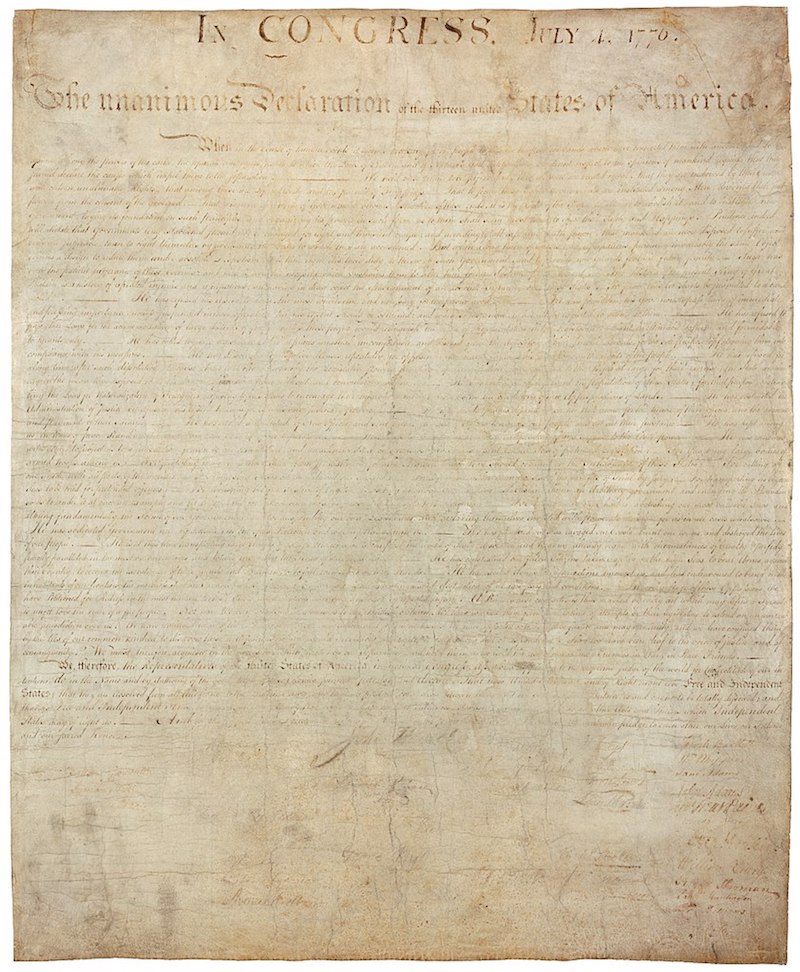 The Sole Declaration of Independence
The Sole Declaration of Independence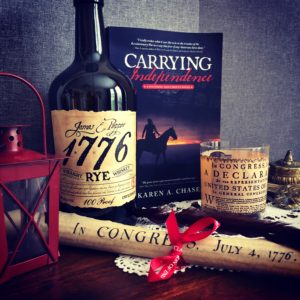
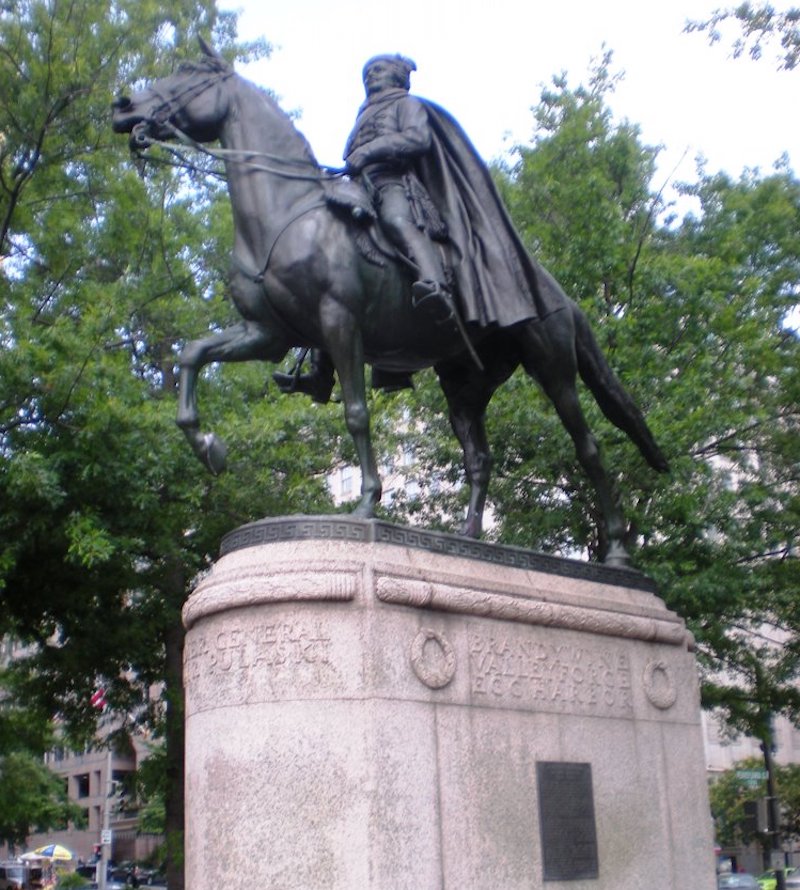
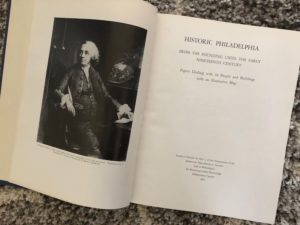 I first encountered John Ewing, on the pages of a 1953 Historic Philadelphia book, published by
I first encountered John Ewing, on the pages of a 1953 Historic Philadelphia book, published by 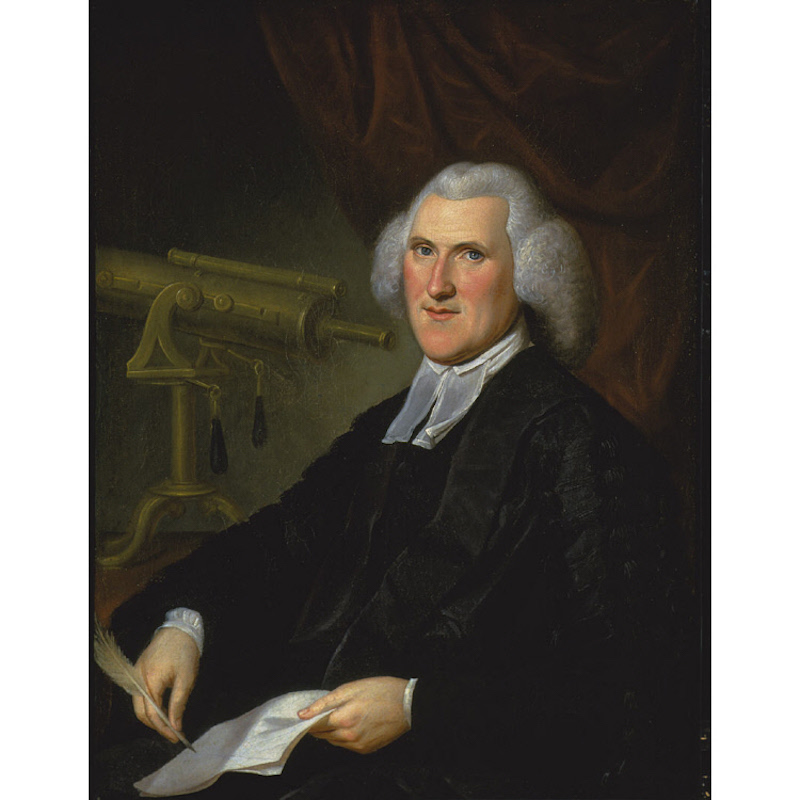
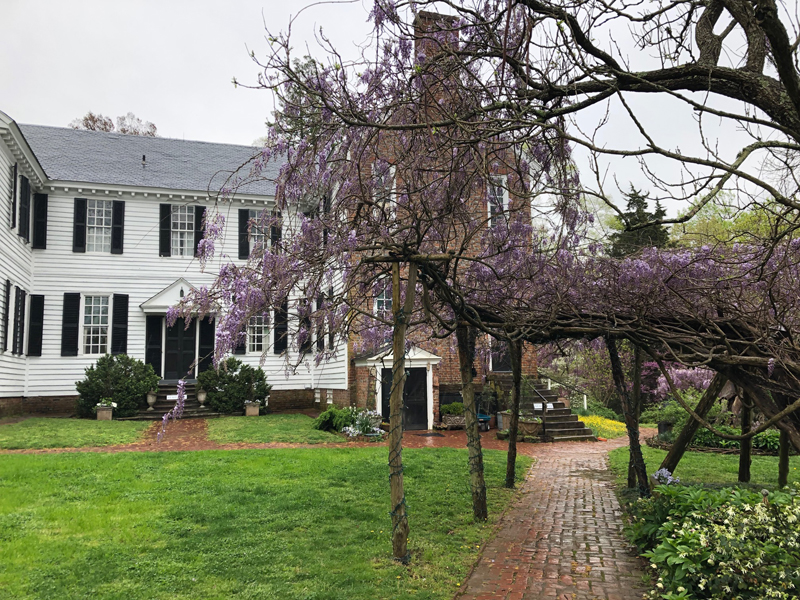
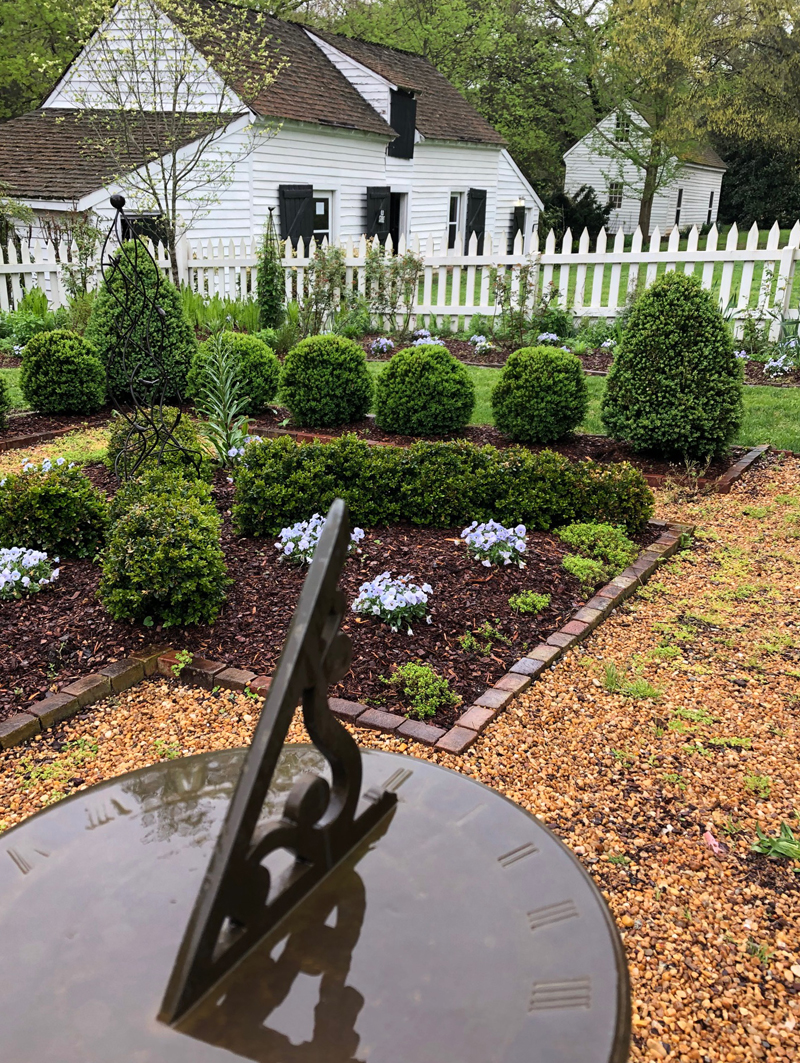
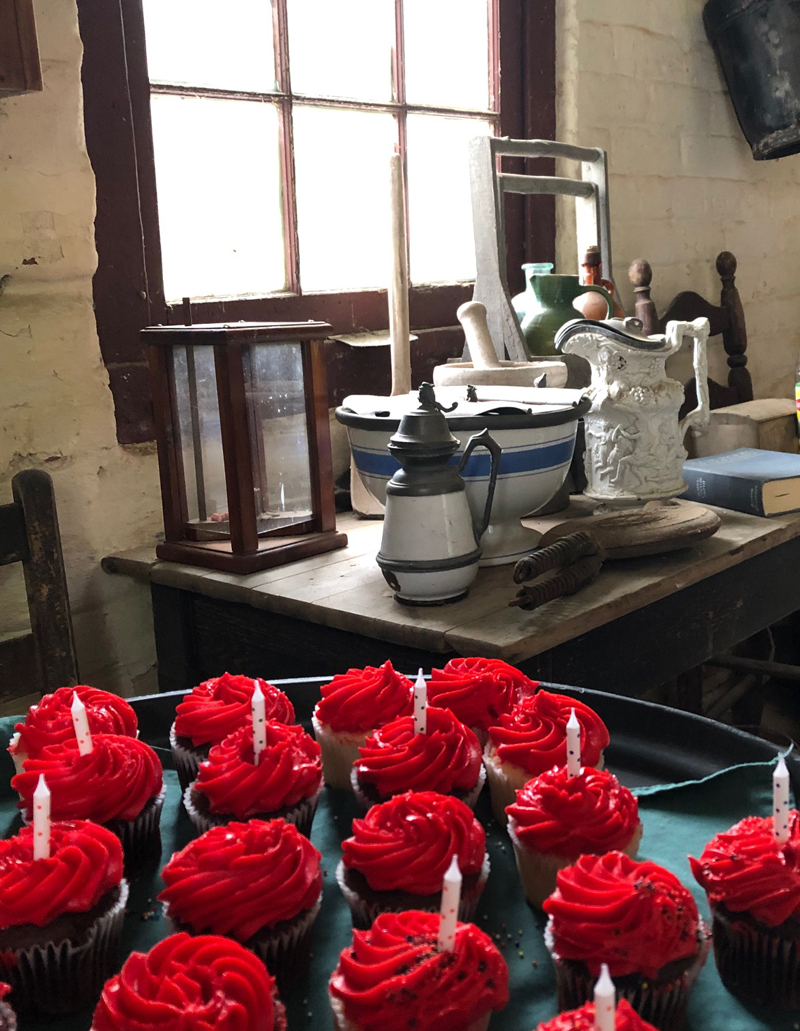
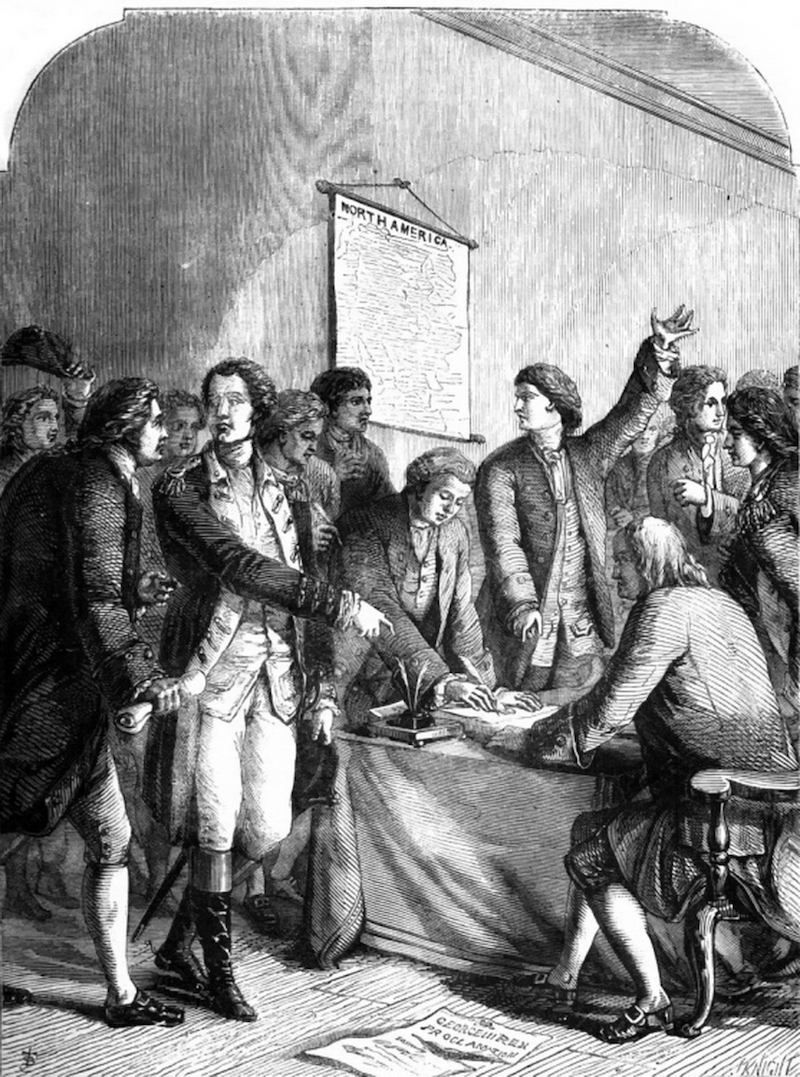
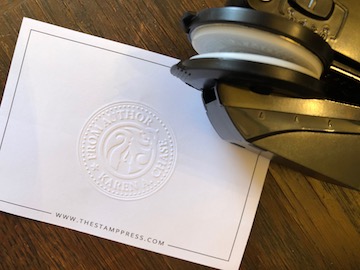 After much thought, and in the spirit of the document, I am limiting the number of signed copies of my novel to just 76 (in honor of the year 1776, of course). I am reserving the first 20 copies for personal use and charitable endeavors, and 56 are being made available on a first-come-basis to the public during the pre-sale period, which begins this Thursday on April 11th. Each of those 76 copies will have a full signature, each will be numbered, and each will carry my personal seal (shown here).
After much thought, and in the spirit of the document, I am limiting the number of signed copies of my novel to just 76 (in honor of the year 1776, of course). I am reserving the first 20 copies for personal use and charitable endeavors, and 56 are being made available on a first-come-basis to the public during the pre-sale period, which begins this Thursday on April 11th. Each of those 76 copies will have a full signature, each will be numbered, and each will carry my personal seal (shown here).